
Across Europe the lynx is making a comeback. Why not in the woods and hills of the UK too? Following our recent article on the positive benefits of re-wilding, the team behind a drive to reintroduce this apex predator to Scotland explains why they think that would be a good thing.
There's growing talk that one day – perhaps one day soon – we might see a large predator reintroduced to Britain. Wolves are making a dramatic comeback across mainland Europe, but the controversial prospect of their return to the UK remains unlikely for the foreseeable future. Instead, the growing focus here is on the lynx, a much less well-known predator, but one that many believe could prove less challenging to live with. So, how realistic is a lynx reintroduction and what might it mean for us, should we find ourselves sharing familiar spaces with this unfamiliar cat?
The Eurasian lynx (Lynx lynx) is the largest of the world's four lynx species and has been described as a "big cat in a small body". A lynx might only be one tenth the size of a lion or tiger, but they are accomplished hunters and perfectly capable of taking down deer, up to the size of a red deer hind. An adult lynx stands around the height of a medium-sized dog (picture the frame of a collie) and typically weighs around 20kg, with males slightly larger than females. As woodland animals, lynx generally avoid people, but they are surprisingly tolerant of human-modified landscapes. Anywhere there are trees and roe deer, lynx can thrive. In Estonia, it is not uncommon to glimpse them around farm buildings and rural hamlets.
Despite their tolerance for human activity, lynx are extremely unlikely to attack a person. You are more likely to be attacked by a deer, a cow, or even a squirrel. There is some potential for conflict with sheep farmers, but losses are rare, especially compared to conflicts with wolves. Only in Norway, where sheep flocks roam forests unguarded and roe deer numbers are relatively low, are lynx attacks linked to significant sheep losses. In Switzerland, reintroduced lynx are widely viewed as no big deal by farmers. In several countries, lynx are not known to kill any livestock at all. Contrast that with the estimated 15,000 sheep a year killed by loose dogs in the UK.
One reason lynx attacks on sheep are uncommon across most of Europe is that they would rather hunt deer. Every predator has its preferred prey: those species with which it is familiar. Tackling novel species is risky – who knows how the prey might fight back or be protected – and so, around the world, livestock attacks are less common where preferred wild prey is freely available. Lynx are also extremely reluctant to leave the cover of the forest, or to jump over even low fences, so sheep kept in open British fields – where they can also benefit from collective vigilance – would be at much lower risk than free-ranging woodland sheep in Norway.
Nonetheless, for the lynx to return to the UK, some means of promoting coexistence with sheep farmers will need to be found. One way of achieving this might be via targeted conservation payments which have been employed in other countries to cover livestock protection costs. Compensation can also be offered for individual losses. And if reintroduced lynx might occasionally cause some conflicts, it should be remembered that they offer multiple benefits too.
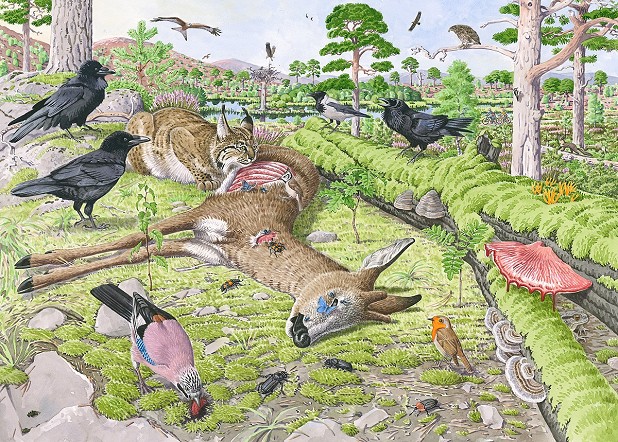
Several of these benefits arise from the lynx's ecological role as an apex predator. Reintroduced lynx would hunt deer, including non-native species such as muntjac and sika. They would help to mitigate the negative effects of these invasive species on our native flora and fauna, while also potentially helping to regulate the influence of over-abundant native deer populations which are inhibiting regeneration of our native woodlands. Although the impact on deer numbers would probably be highly localised, where lynx did manage to establish themselves, we know from studies in Europe that they can have an effect on predator-naïve deer populations.
Even if their impact on deer numbers remained small, the mere presence of lynx could alter prey behaviour, encouraging deer to avoid potential ambush sites and reducing pressure on regenerating woodland. And just as dead wood is an unnaturally scarce resource in most modern woodlands, so too are large carcasses. Lynx predation on deer would address this shortfall, benefitting many species belonging to what ecologists call the necrobiome – the motley agents of decay ranging from scavenging eagles to beetles, moths and fungi. Crucially, lynx would restore a steady supply of carcasses throughout the year, often in places human hunters struggle to penetrate. Lynx also regularly kill foxes and by suppressing these abundant mesopredators, it's possible that lynx might free up some vulnerable ground-nesting species from unsustainable predation levels.
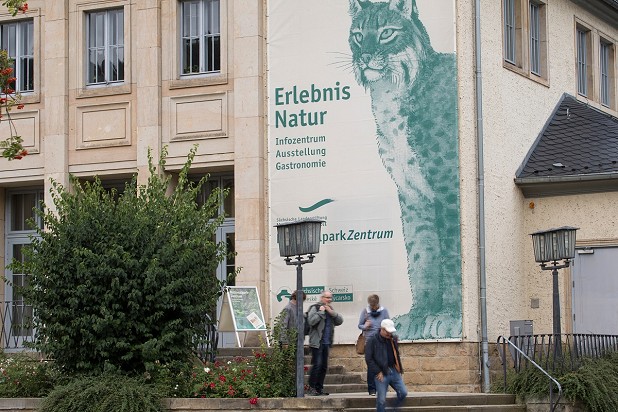
Aside from these ecological benefits, reintroduced lynx could help boost rural economies. Accommodation providers, shops, restaurants and wildlife guides would all benefit from tourists attracted by lynx, while farmers willing to coexist with lynx could charge a premium for 'lynx-friendly' produce. Even more excitingly, the return of such a charismatic species could transform our relationship with Britain's neglected natural heritage, catalysing a surge in popular interest in our declining native wildlife. A walk in a landscape shared with lynx is a different prospect to a walk in a landscape that lacks large predators. Their presence is thrilling, reawakening dulled senses, transforming the sense of a place, making a walk feel immeasurably wilder.
Many people feel that lynx, as a native species, have an intrinsic right to return to our shores. As partners in the Lynx to Scotland project, SCOTLAND: The Big Picture has carried out an extensive study of the social feasibility of lynx reintroduction. This revealed an encouraging appetite across a diverse range of rural stakeholders to learn more about the potential for the lynx's return to Scotland. Any change to the status quo is destined to meet some resistance: we've had a long time to get used to life without big predators. But increasingly, people are asking if our lives are richer or poorer without them. If key barriers can be overcome, and if we can agree we want them back, we may one day all benefit from the return of this enigmatic cat.
SCOTLAND: The Big Picture works to drive the recovery of nature across Scotland through rewilding, in response to the growing climate and biodiversity crises. Their vision is of a vast network of rewilded land and water across Scotland, where wildlife flourishes and people thrive.
- Learn more about Lynx to Scotland
- Reader offer: for a 50% discount on SBP's book The Lynx and Us, visit scotlandbigpicture.com and enter the code LYNX50UKC at checkout.

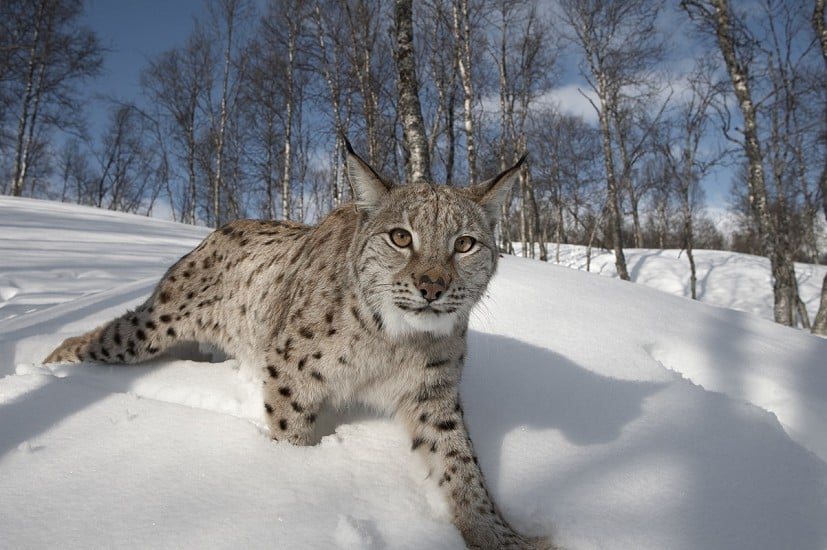





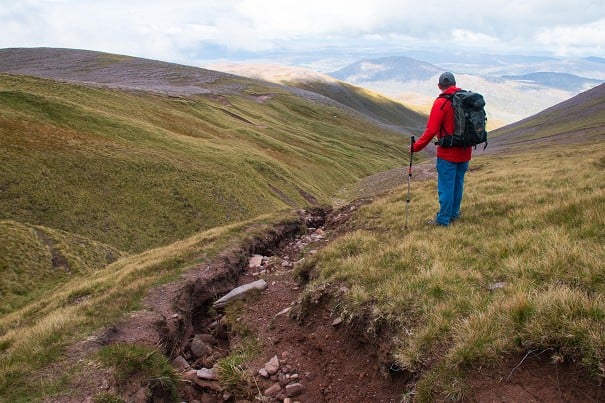


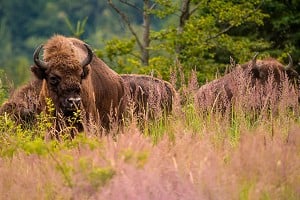









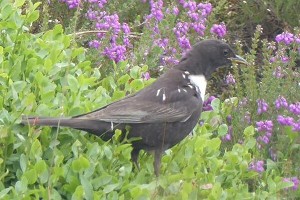
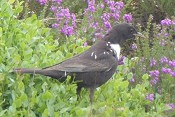






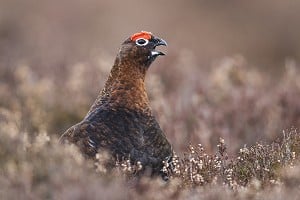
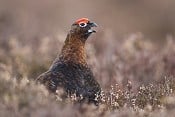




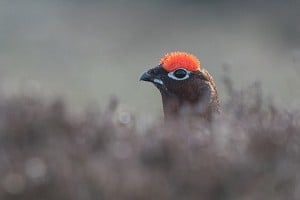
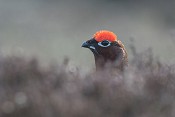


























Comments
Lynx or 'Caracal' as referred to locally have been co-existing on Table mountain, in cape town for several years with no issues: http://www.urbancaracal.org/
They are pretty good at minding their own business.. bring them back!
So they live on deer. Sounds like a win-win to me.
We already have the Wildcat, which is struggling. How would introducing a competitor help them? If we introduce the Lynx and drive the Wildcats extinct, would we really have gained anything?
Isn’t the biggest wildcat threat domestic cats, less and less genetically pure wildcats, there are programmes trying to preserve purity?
Lynx are top of the table, they kill foxes as they are a threat to their own food supply, hares, rabbits, capercaillie etc.. it's likely lynx would view wildcats as competition too.
Would wildcats be in competition with lynx? I don't think the primary prey of wildcats is deer?